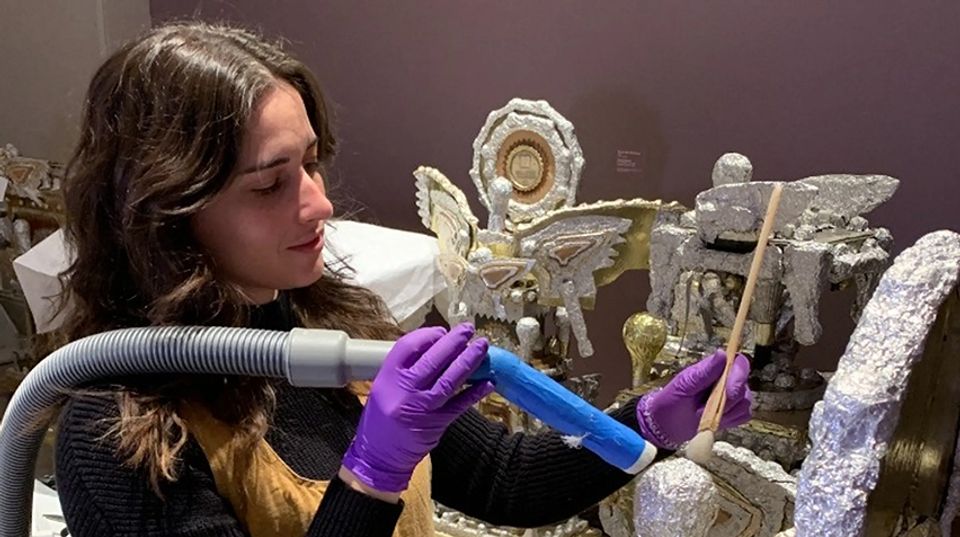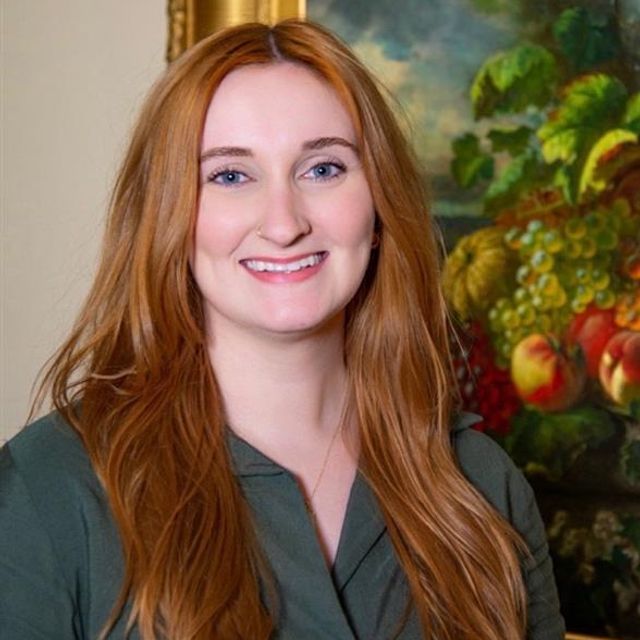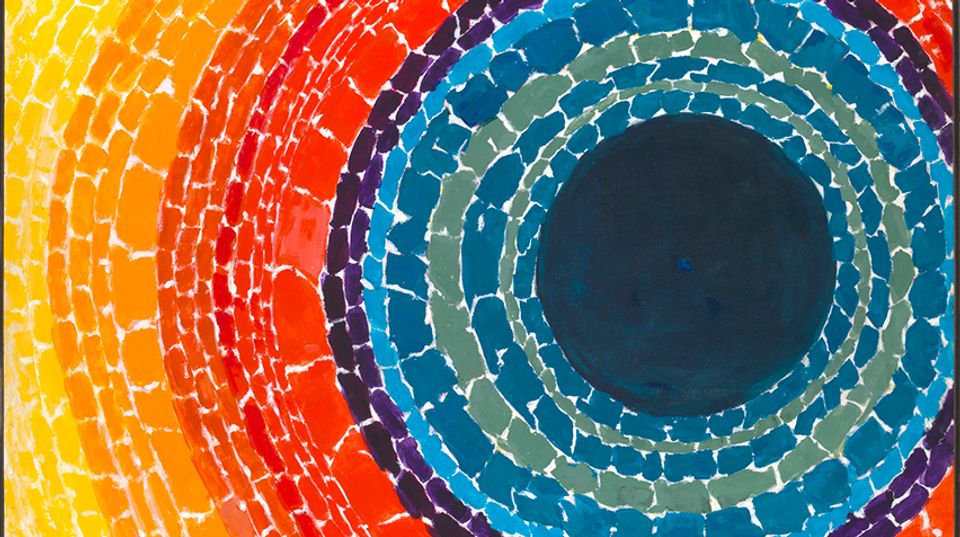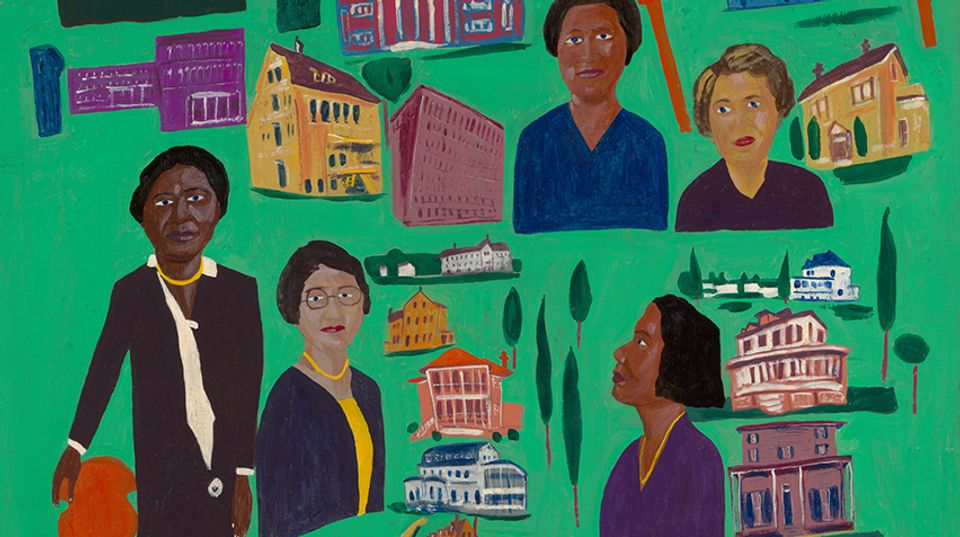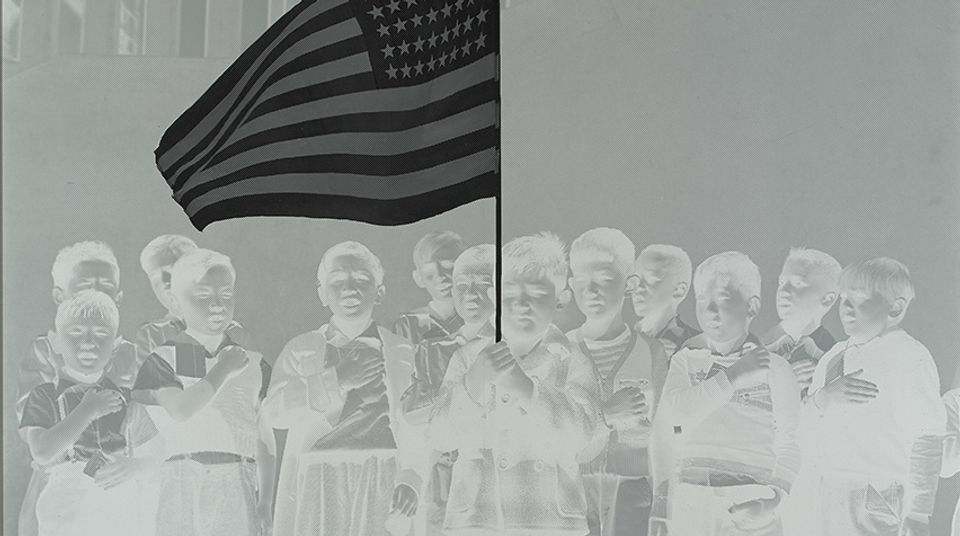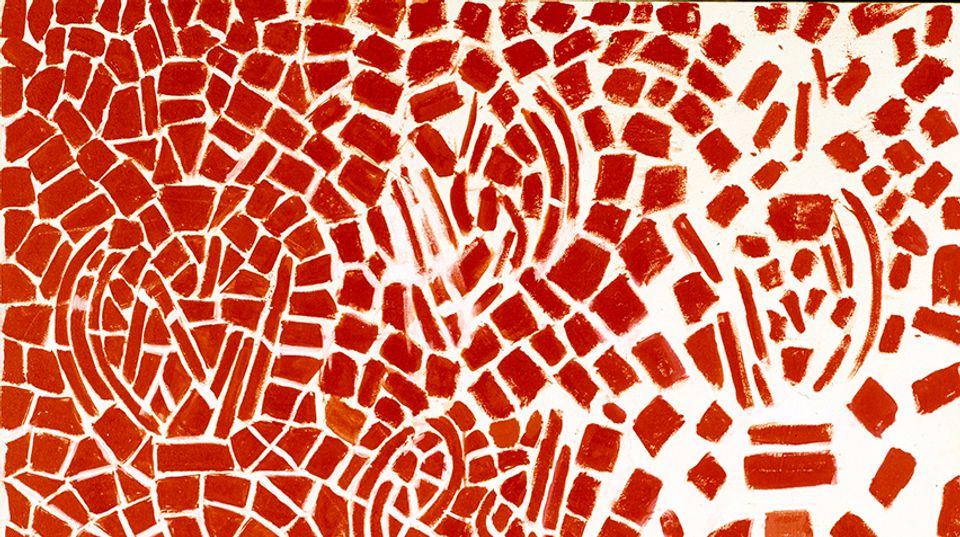SAAM Stories
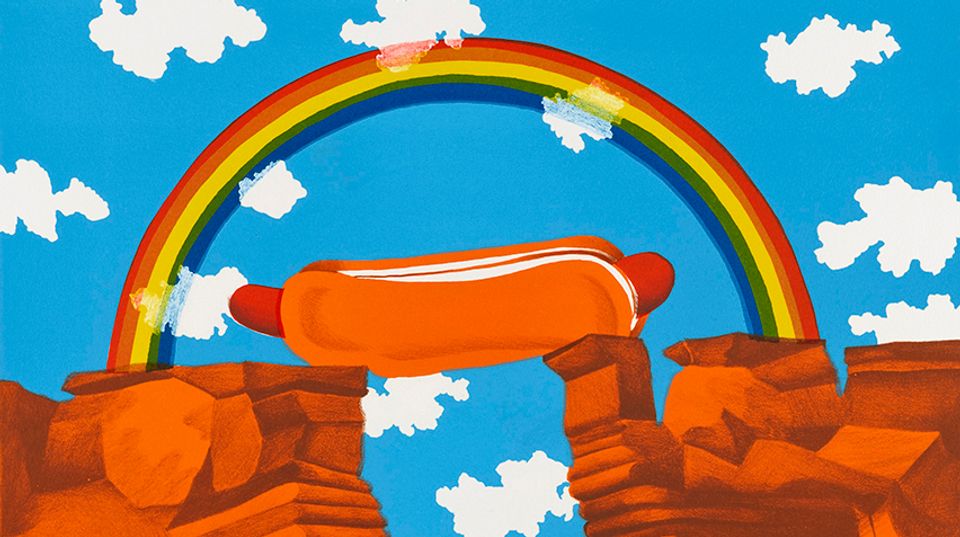
From the Collection
07/02/2024
Whatever your plans for America's birthday, we have an artwork to fit. Pour yourself a lemonade, find a spot in the shade, and enjoy your holiday with a dash of American art.
Amy Fox
Social Media and Digital Content Specialist

Celebrating the renowned artist with a comic about her life and art.

Howard Kaplan
Writer

SAAM's educators invite students and visitors to reflect on William H. Johnson's portraits and make connections to our world today.
Emily Berg

Phoebe Hillemann
Teacher Institutes Educator

Women Artists
06/13/2024
Artists and visitors mingled at the Subversive, Skilled, Sublime: Fiber Art Open House
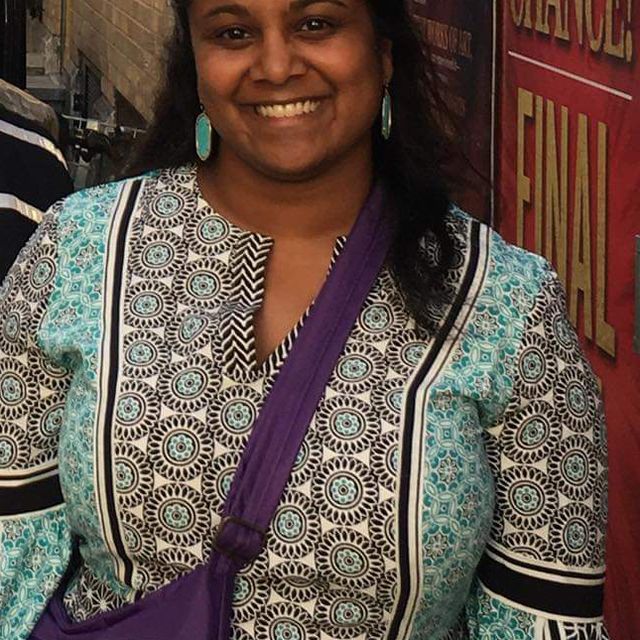
Katie Hondorf
Public Affairs Specialist
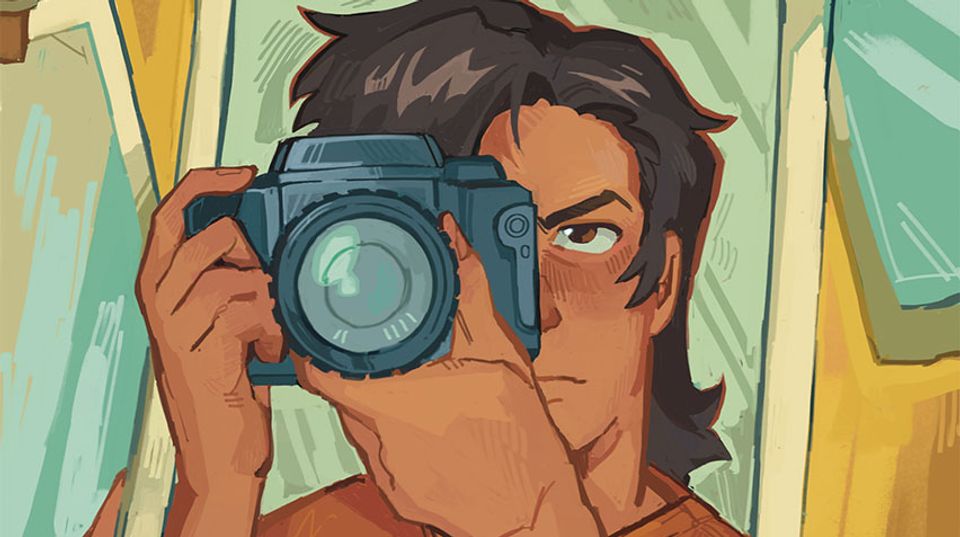
Laura Aguilar challenged accepted standards of beauty and represented the LGBTQ+ community, becoming one of the most influential Chicana photographers of her generation.

Howard Kaplan
Writer
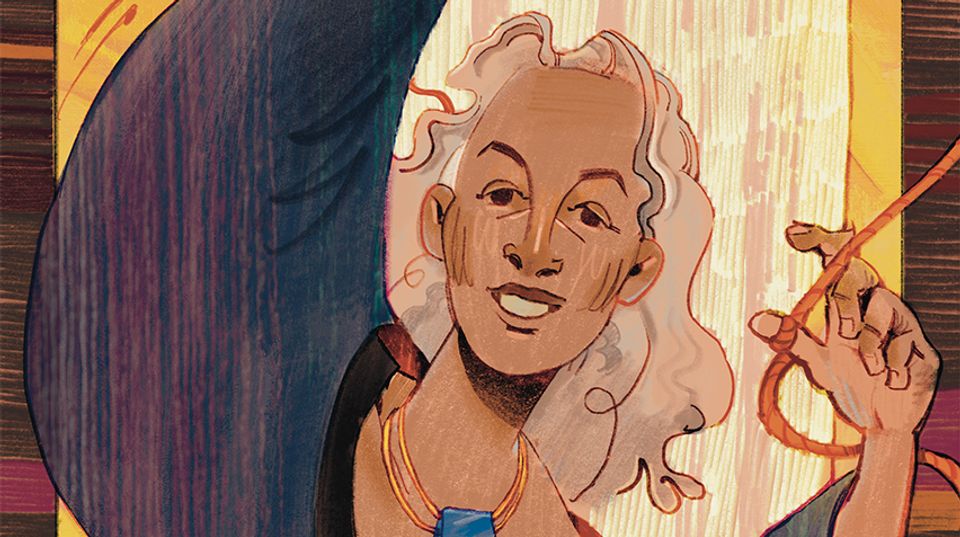
Women Artists
04/26/2024
Painter, printmaker, and textile artist Emma Amos created colorful multi-media works that explore themes of identity.

Howard Kaplan
Writer
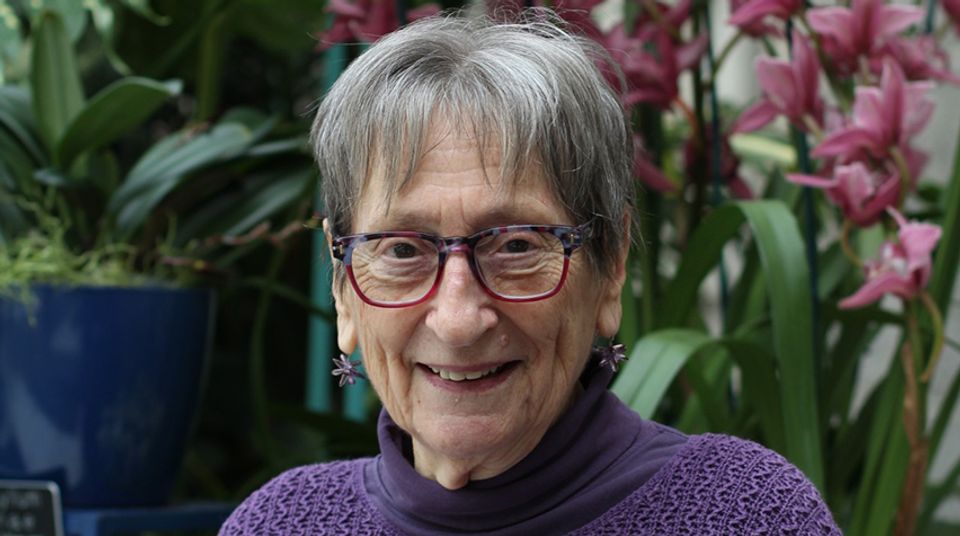
Docent Phoebe Kline began at SAAM in 1974 and she's still going strong.

Howard Kaplan
Writer
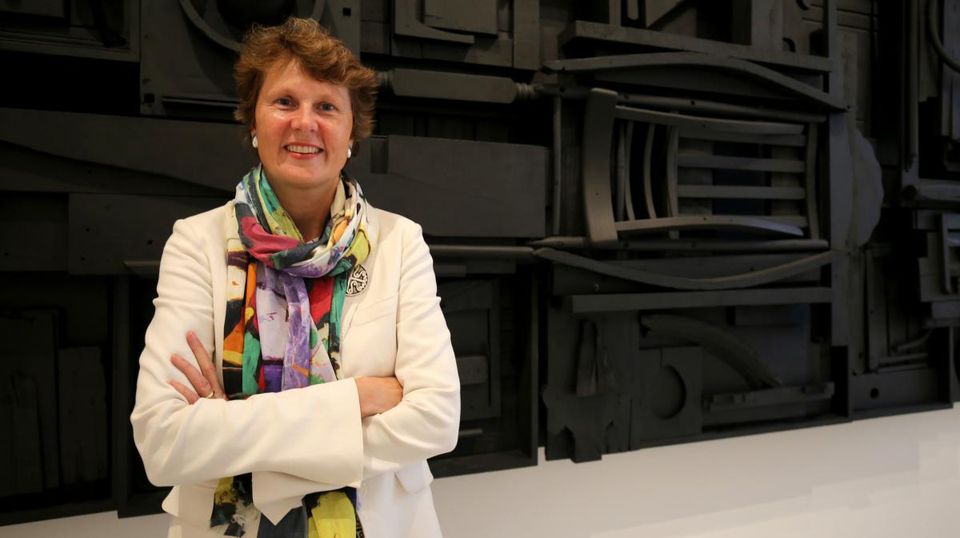
From the Director
04/08/2024
More visitors and new exhibitions highlight a season of change.
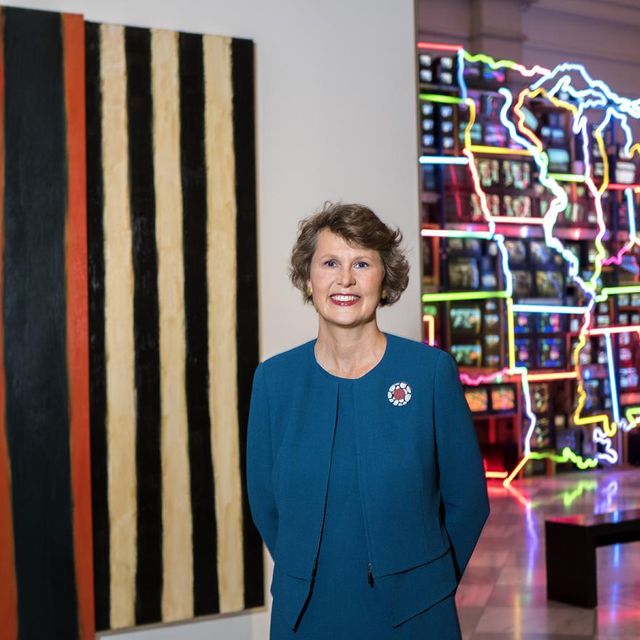
Stephanie Stebich
Former Director, Smithsonian American Art Museum
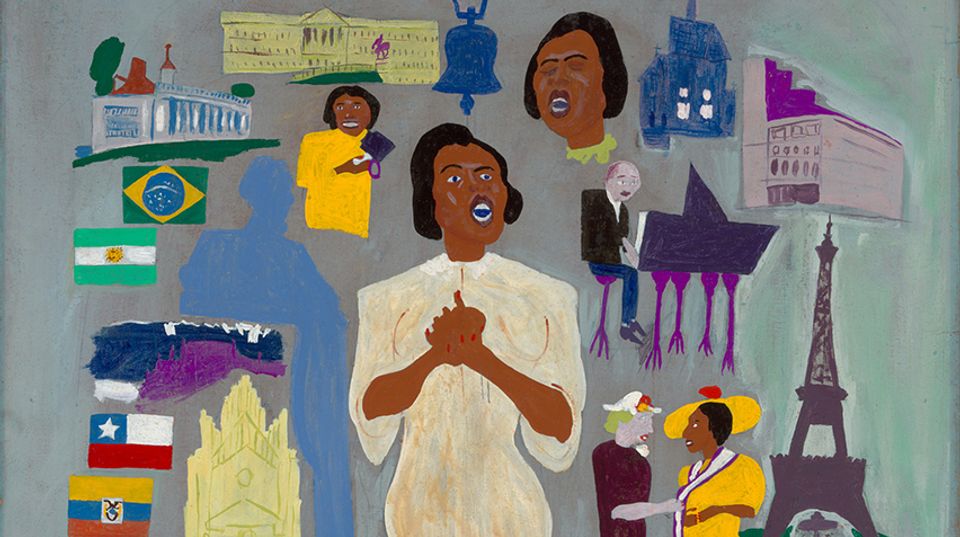
William H. Johnson portrayed the singer in multiple paintings, including in his Fighters for Freedom series.

Howard Kaplan
Writer
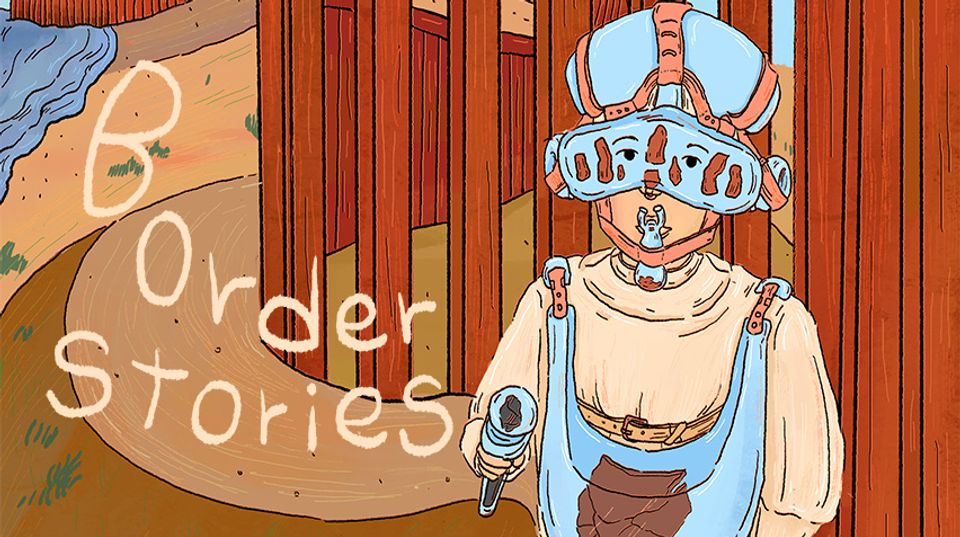
Women Artists
03/27/2024
Celebrating the renowned artist whose community-based practice involves interactions at the border.

Howard Kaplan
Writer
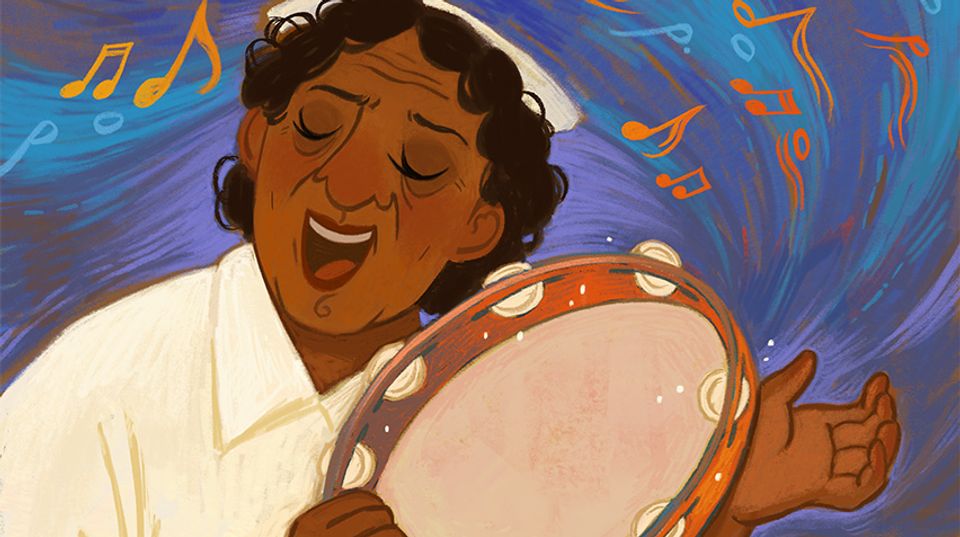
Women Artists
03/07/2024
Celebrating the renowned artist with a comic about her life and work.

Howard Kaplan
Writer

















